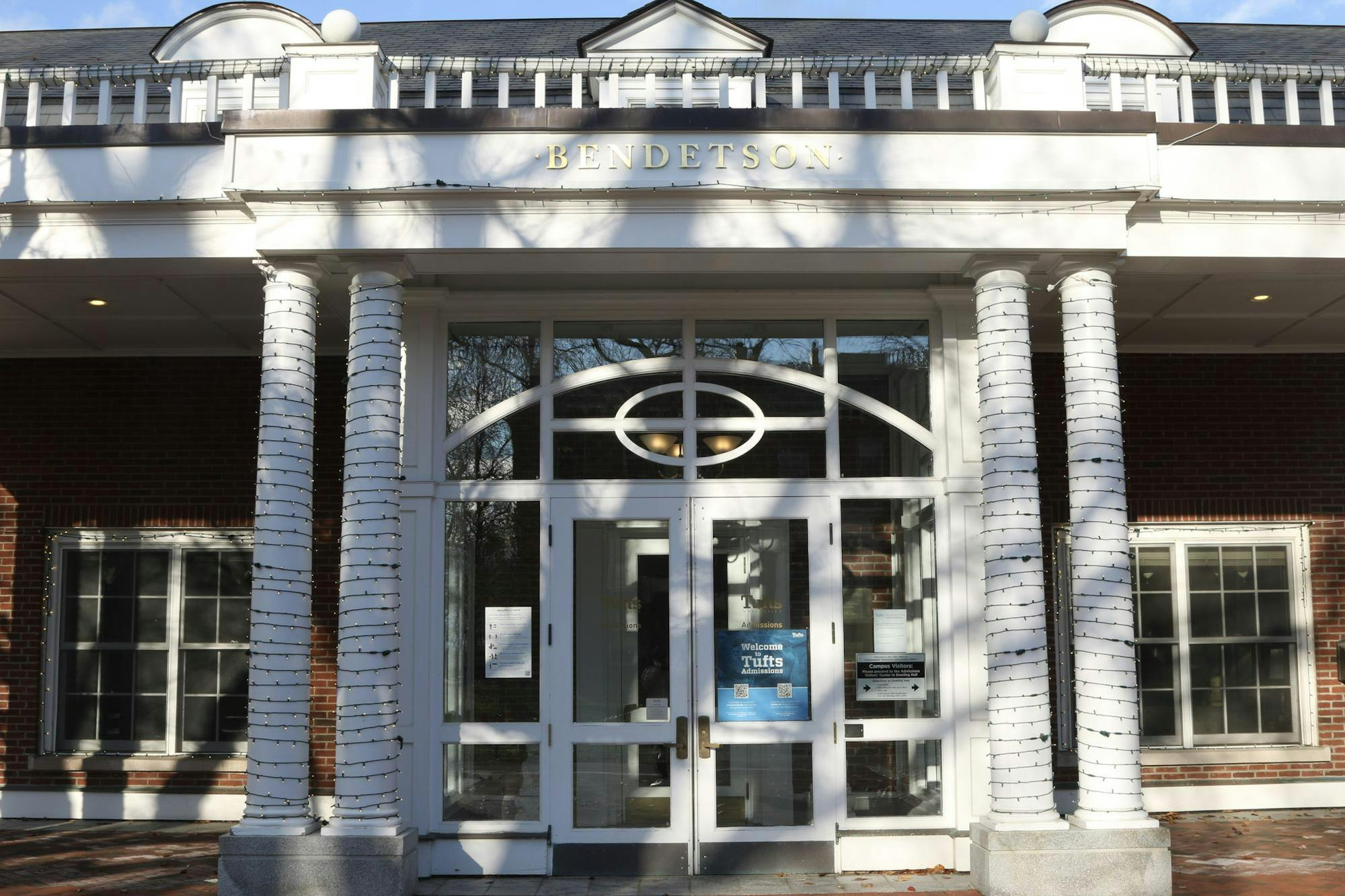In the school’s first round of admissions since the Supreme Court’s decision to strike down affirmative action, admissions officers lack access to any part of applicants’ racial background, leaving the Class of 2028’s racial makeup, for now, ambiguous.
Data shared by Tufts in a TuftsNow article shows increased interest in the university, growing by 1% since last year with over 34,400 applicants. In a statement to the Daily, Dean of Admissions JT Duck noted a growth in those applying from the Southwestern United States and a continued increase in Early Decision applicants.
“The geographic diversity of the applicant pool continues to evolve,” Duck wrote. “Tufts University has continued to grow in name recognition in new communities in the US and around the world.”
More than 7,500 applicants were included in the School of Engineering’s largest-ever pool, while the number of international applicants has reportedly more than doubled over the last four years.
Duck reported that because Tufts has historically employed a “holistic, contextual, and individualized selection process,” much of the admissions office’s decision process has remained “unchanged.”
“We are not attempting to predict what impact this decision will have on the racial or ethnic composition of our admitted or enrolling classes and will not know until late summer - after the waitlist is closed - how the class has come together,” Duck wrote.
Despite this, incoming students interviewed by the Daily reported feeling the persistent pressure of the Supreme Court’s decision, regardless of their racial background. The university released Early Decision I results on Dec. 14, 2023 and Early Decision II results on Feb. 2.
Jeffery Lo, an incoming first-year from Lexington, Mass., said that the issue of affirmative action has been polarizing at his high school during his final year.
“There’s no middle ground,” Lo said. “There are people who fully support it, and there are people who think it’s a horrible idea. It’s kind of hard to voice your opinion.”
Another incoming student from New Jersey, Karlita Cadena, echoed this sentiment. “It was definitely a controversial topic,” she said. “I feel like it gets very heated [in school] when affirmative action even comes up.”
When asked how they personally felt about the ruling on affirmative action, incoming students shared mixed reactions, from mild indifference to disappointment and fear.
Jenny Li — who is an incoming international student from China — said that she had felt the effects of the Supreme Court’s decision far less than she thought those in the United States had.
“I didn’t actually feel much about it,” she said, “because according to our teachers and our parents, they said that originally this doesn’t really benefit Chinese people. … But my personal thought about this is that if I’m qualified enough and if the school likes me, then they wouldn’t really care about the race stuff.”
Others, like Cadena, felt more averse to the controversial Supreme Court decision that has left the future of diversity in higher education doubtful.
“When the whole thing of affirmative action just unraveled,” she said, “I was definitely scared because I was like, ‘oh no, what if I don’t get into college?’ You’re already stressed about college and if you’re even going to college, and that … just made it even worse.”
Regardless of their opinion on the Court ruling, these incoming first-year students generally believed that if they were strong students that fit Tufts’ profile, then they would be accepted regardless of their racial background.
Across the board, students mentioned how cutthroat their high school environment felt, with some feeling an increased need to apply via Early Decision in order to remain a viable applicant.
“At my high school, … everyone talks about how competitive everything is, … how acceptance rates are going lower and lower,” Lo said. “I don’t really want to think about that stuff too much … like I did everything I could, I tried my best, and whatever happens, happens.”
Callie Zimmerman, another incoming first-year, said that her view of applying Early Decision shifted as she moved through the application process.
“I definitely wasn’t the type of person that grew up wanting to go to [a] specific school or anything like that,” she said. “And that’s what I thought of ED, but then I think that, now that it’s such a big thing to get into the harder schools, I felt like the best course of action was to choose one to ED to. And Tufts was at the top of my list.”
When asked why they chose Tufts as their Early Decision school, each student had a unique reason. Lo chose Tufts for its proximity to home, Cadena gravitated toward the school’s community, Li cited opportunities for interdisciplinary education and Zimmerman was drawn toward the School of the Museum of Fine Arts combined-degree program.






